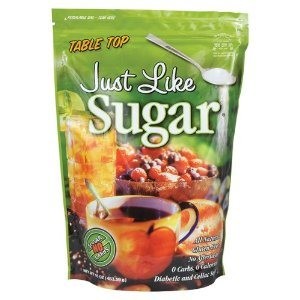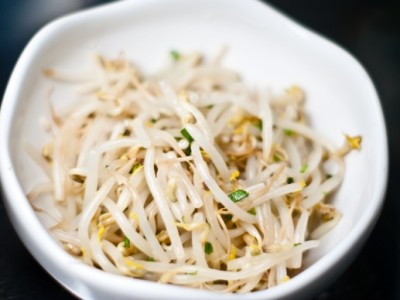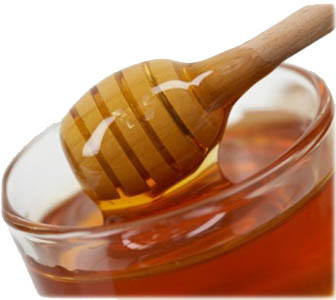
ARE SHIRATAKI NOODLES PALEO?
Today’s post is another requested food, and was one that I was initially unfamiliar with. Is a noodle by any other name still a noodle? Maybe not in this case. Let’s dive into Shirataki Noodles (Miracle Noodles), and as always we welcome your submissions on here and via the Is It Paleo mobile app.
What Are Shirataki Noodles?

Shirataki is a Japanese noodle made from the konjac root (aka Konnyaku potato, konjaku, elephant yam). This root is powdered and mixed with pickling lime and water to form a gelatin that will then be cut into noodles. Shirataki noodles consist of about 97% water and 3% fiber, making them virtually carbohydrate free.
Are Shirataki Noodles Paleo?
There does not appear to be any “anti-nutrients” in shirataki noodles. Also, the glucomannan (soluble fiber) present may be beneficial to the growth of butyrate-producing gut bacteria. That being said, shirataki noodles are not a nutrient-dense food. If you are craving pasta or need filler for a dish, they would be paleo-friendly addition. However, I would encourage you to follow Mark Sisson’s advice and “don’t let them displace more nutritious foods.”
One word of caution: since the noodles can come off like rubber there are manufacturers who will add tofu to improve texture. These would definitely not be paleo friendly. Make sure to check the label.
Sources
http://www.eatlivegrowpaleo.com/2012/05/miracle-noodles.html
http://www.paleoplan.com/2011/03-04/member-qa-shirataki-noodles/



